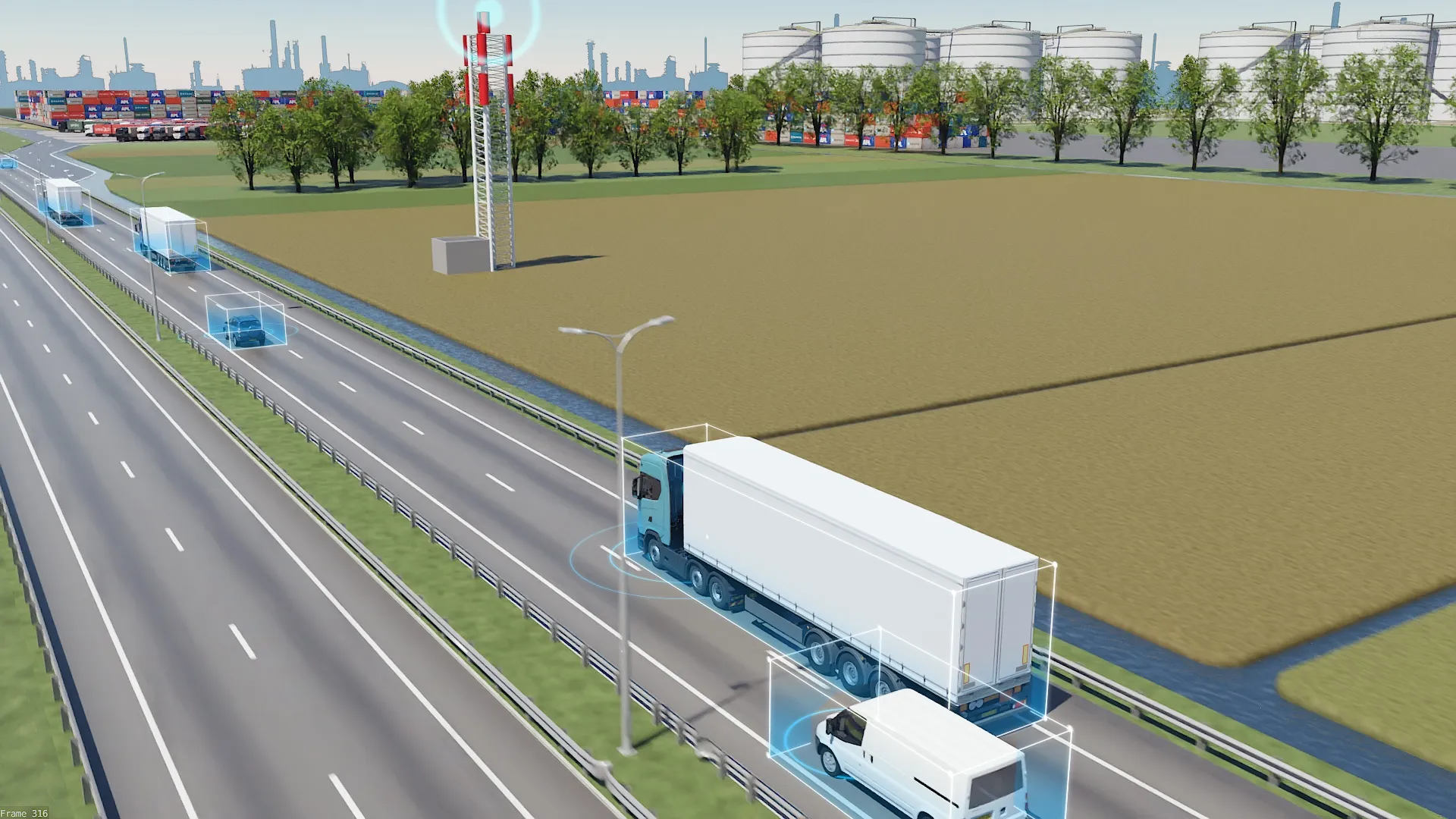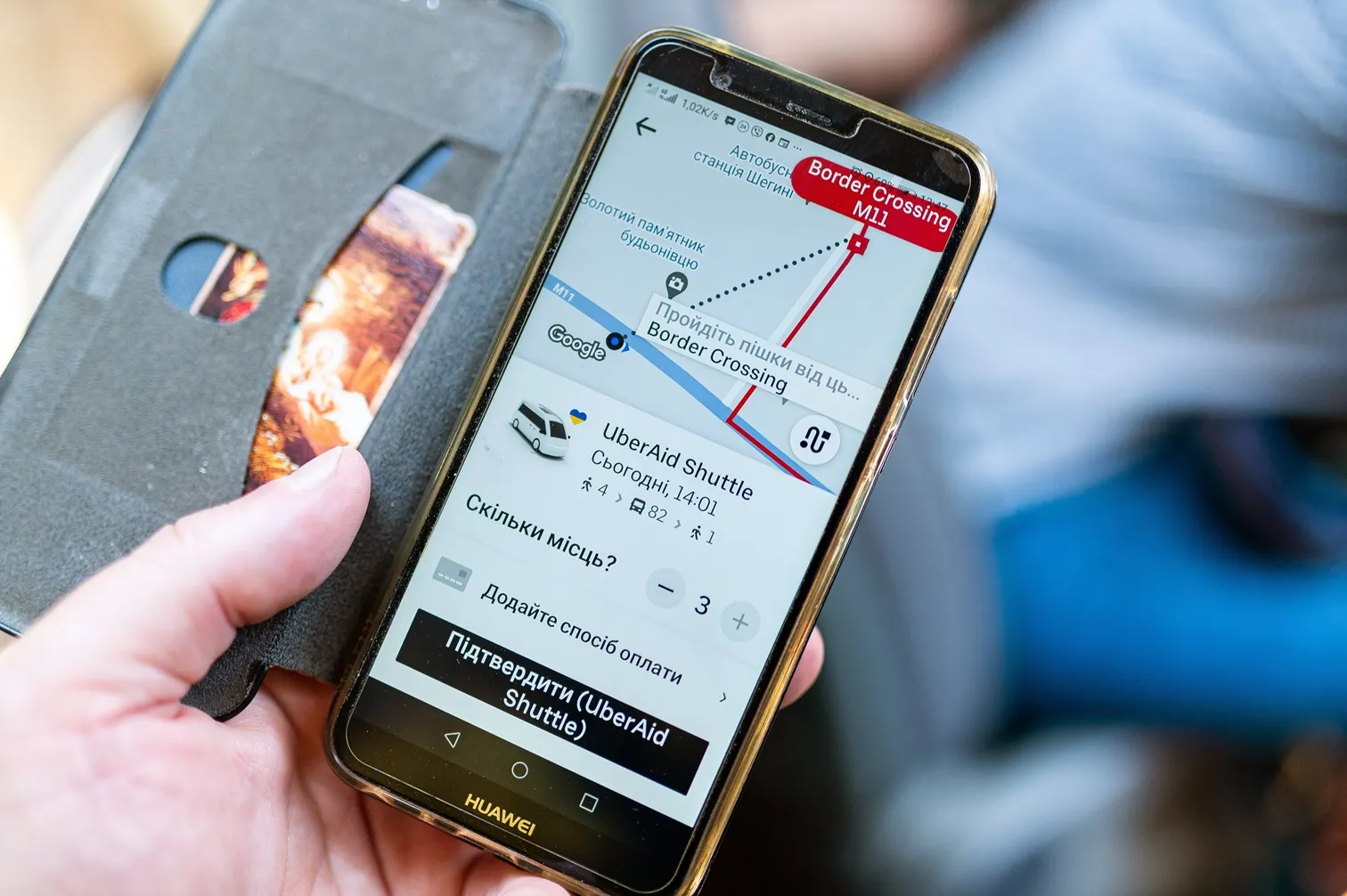
Research on 5G ecosystems for connected and automated mobility (CAM) along three new European cross-border corridors will begin in September.
Each new project will provide a 5G network infrastructure for varied means of transport, including cars, trucks, trains and pods.
For example, 5G-Blueprint will investigate how real-time data exchange from and to vehicles – and between terminals and vehicles and between vehicles and control rooms - can help boost efficiency in the logistics supply chain.
It will look at how uninterrupted, 5G-based, cross-border tele-operated transport for roads and maritime based between the ports of Antwerp (Belgium) and Vlissingen (Netherlands) would work.
Meanwhile, 5GMed will test use cases for CAM, including road and rail, using 5G network infrastructure along the Figueras-Perpignan cross-border corridor.
Finally, 5G-Routes will look at something similar on 150km of the Via Baltica corridor, with a ferry extension to Helsinki, “covering several scenarios in automated cooperative, awareness and sensing driving”.
They are among 11 new European Union-backed Horizon 2020 projects which form part of the European 5G Public-Private Partnership (5G-PPP).
The EU says the latest round of cash means it has put more than €400 million into the 5G-PPP trial project portfolio, added to which is €1 billion of private investment in 5G vertical trials.
Large-scale deployment of 5G corridors is anticipated in Europe, with the EU viewing 5G infrastructure as a “key enabler for the development of CAM, providing a broad range of digital services to the vehicle and paving the way to fully-autonomous driving by the end of the decade on specific sections of roads equipped with 5G”.
5G-enabled CAM will improve road safety and reduce congestion and CO2 emissions, thus creating more sustainable infrastructure and contributing to Europe’s Green Deal of December 2019.











